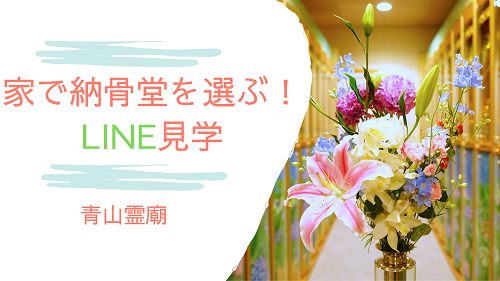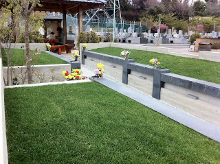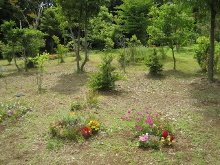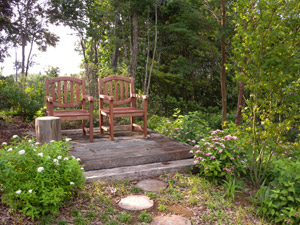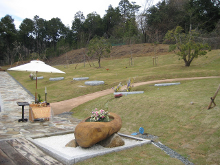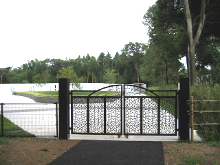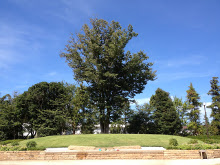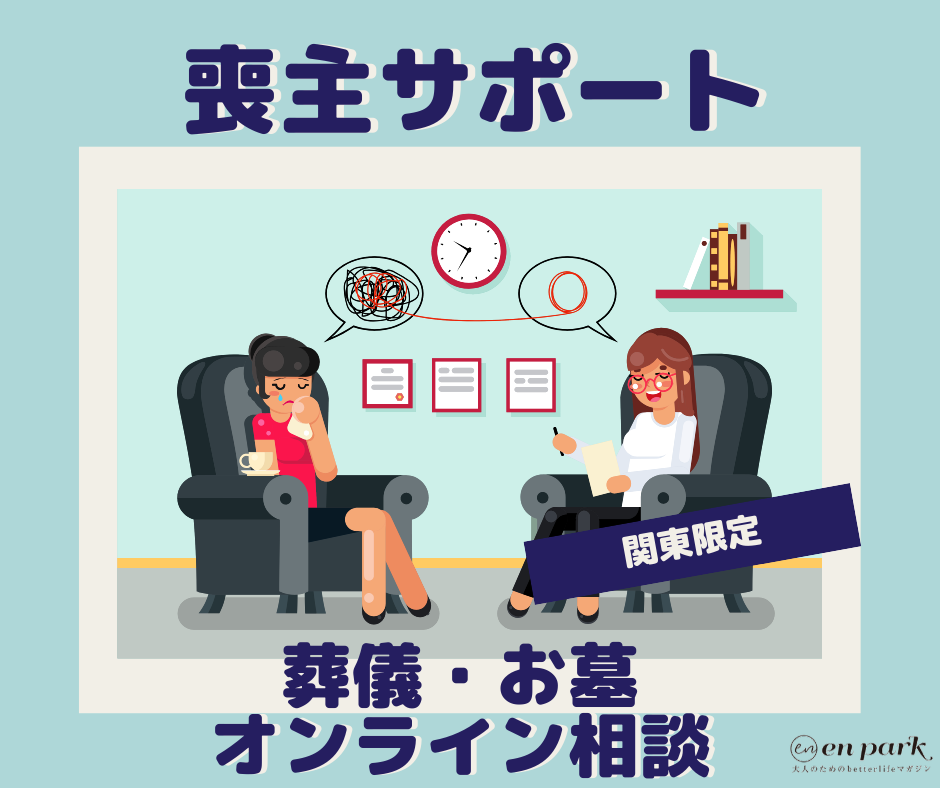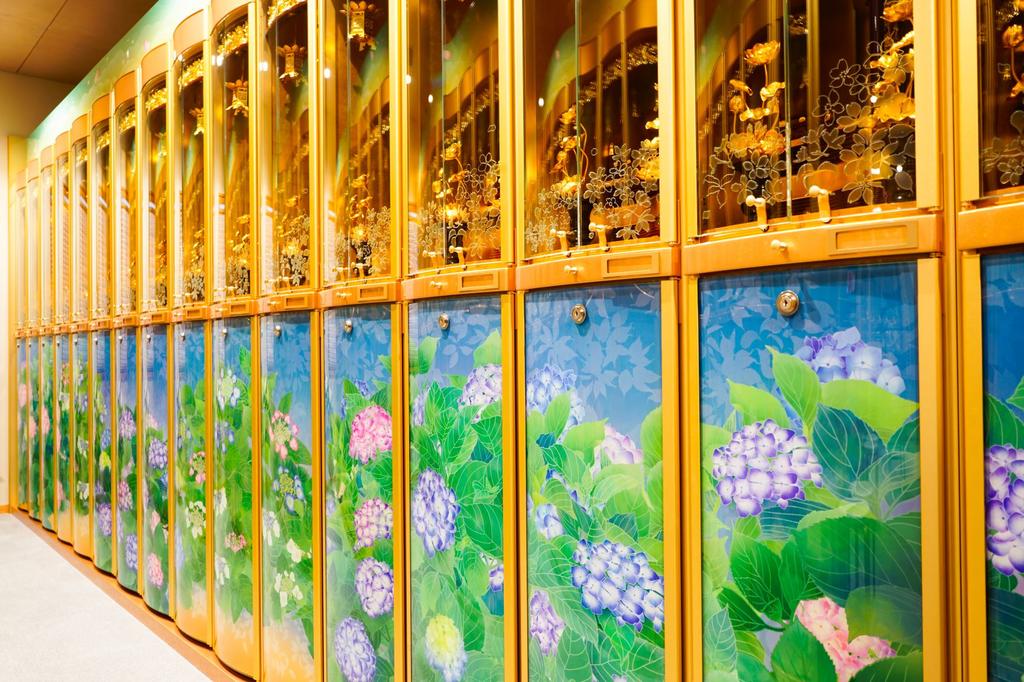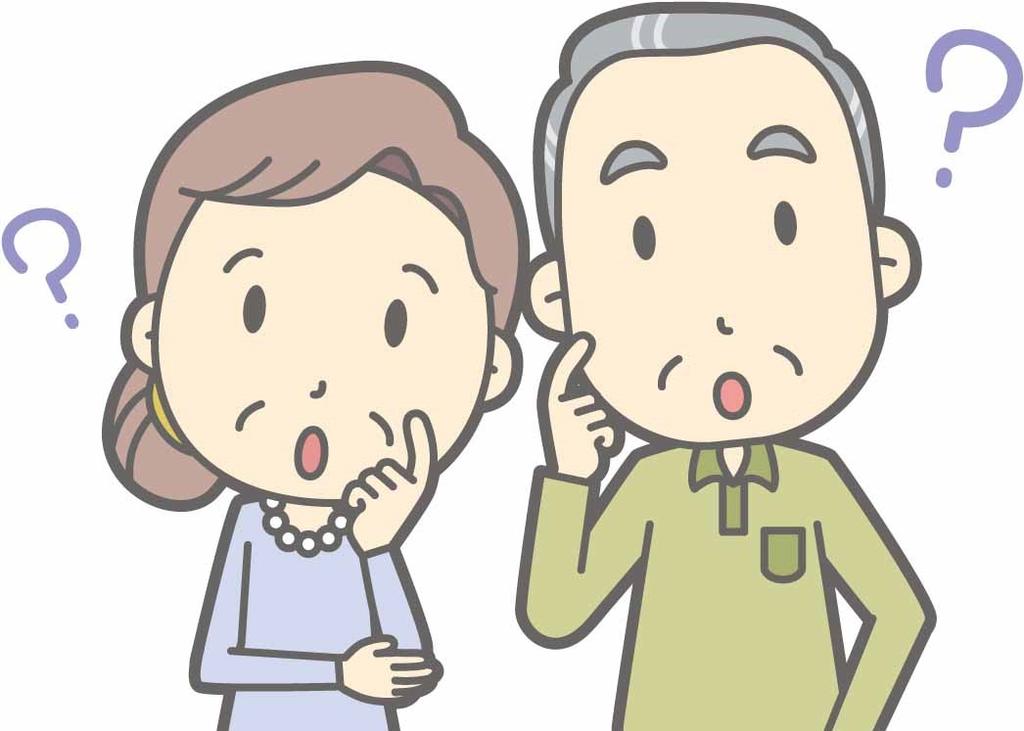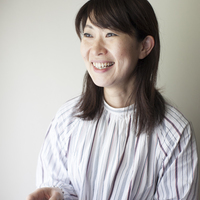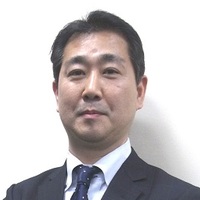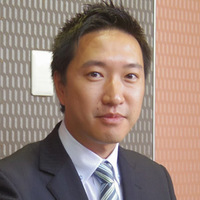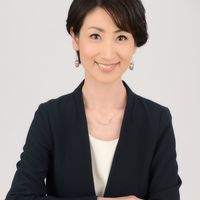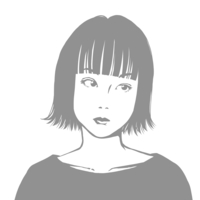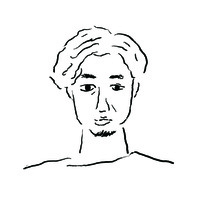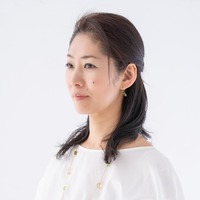“Jumokuso” is a new style of cemetery housing natural burials in Japan.
What is Jumokuso?
Jumokuso is a new style of cemetery which started at the Chishou-in Monastery (formerly Shoun-ji Temple) in Iwate in 1999. Trees are used instead of tombstones for grave posts when burying ashes.
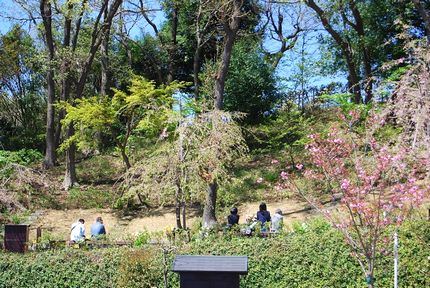
1) Temples, Shrines, Non Profit Organizations
Chishou-in Monastery (formerly Shoun-ji Temple)
location: Ichinoseki City, Iwate Prefecture
Jumokuso established in 1999
The first natural burial ground in Japan. The concept is “loved ones reborn as flowers.” Flowers such as azaleas and flowering trees are planted in place of tombstones and setting artificial memorials is prohibited.
http://www.jumokuso.or.jp/
Tentoku-in Temple
location: Izumi City, Chiba Prefecture
Jumokuso established in 2009
Through the management of this Jumokuso we engage in the recovery of the local farmlands, environmental preservation, and provide livelihood support to underprivileged children. A selection from 40 types of flowering trees to serve as a grave post is available.
https://tentokuji.jimdo.com/
Koushou-ji Temple
location: Minamibousou City, Chiba Prefecture
Jumokuso established in 2009
A Jumokuso where one can select one’s favorite tree to plant, such as camellia or dogwood. Burial with pets is also possible.
http://koushouji.jp/jumobo.html
Fukuhara Cemetery in Hitachi Church
location: Kasama City, Ibaragi Prefecture
Normally in Japan, Jumokuso is hosted by either a public cemetery or a temple. However this special Jumokuso is mainly hosted by a Shinto shrine. Thus it is protected by the Gods of the Grand Shrine of Izumo.
http://www.fukuharareien.com
Saiju-ji Temple
location: Kyoto City, Kyoto Prefecture
Jumokuso established in 2005
Visitors can relax from the sound of the Suikinkutsu(water-bell), and can get a whole view of Kyoto city from this cemetery.
http://www.d4.dion.ne.jp/~saijuji/

Sokushu-in Monastery
location: Kyoto City, Kyoto Prefecture
Jumokuso established in 2011
This Jumokuso in Tofuku-ji Temple is called “Zinenen”. The funerals performed here resemble the classic funerals of the Nara era, when the Manyousyu, “The Collection of Ten Thousands Leaves” was written. Loved ones will be buried under a traditional type of bamboo called Koguma-sasa.
http://www.sokusyuin-sizensou.com
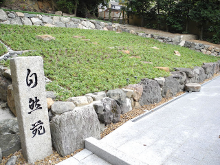
Shougon-in Monastery
location: Kyoto City, Kyoto Prefecture
Jumokuso established in 2011
A Jumokuso on the sub temple grounds of Toufuku-ji Temple. Weeping cherry and maple are primarily used here.
http://www.shogoin-jumokusou.com/
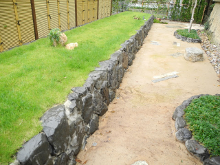
Houshou-ji Temple
location: Hagi City, Yamaguchi Prefecture
Jumokuso established in 2004
One of the few Jumokuso in the Chugoku region. After burying ashes in undeveloped woodland near a populated area, one plants a memorial tree.
http://www.geocities.jp/jumokuso_hagi
Myouzui-ji Temple
location: Ohita City, Ohita Prefecture
Jumokuso established in 2011
The first Sakuraso in the Kyushu region, in which cherry trees are used.
2) Public Cemeteries
3) Private Cemeteries
Hokusetsu-Ikeda Memorial Park
location: Ikeda City, Osaka Prefecture
Jumokuso established in 2008
Produced and managed by Yashiro Corporation. Memorial services are conducted by a Buddhist temple for 13 years for the repose of a departed soul. This service is called “Eitai-Kuyou”.
http://www.yasiro.jp/
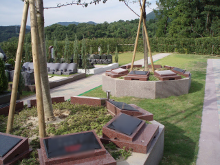
Kobeseichi Cemetery
locatin: Kobe City, Hyogo Prefecture
Jumokuso established in 2008
Produced and managed by Ohno-ya Corporation. The memorial service of “Eitai-Kuyou” is performed in perpetuity by a Buddhist temple, for the repose of a departed soul.
http://www.ohnoya.co.jp/
Index (in Japanese)

関連する記事
タグ一覧
